
The Hidden Power of Fasting Intermittent: Unlock Natural Healing
Fasting intermittently is a popular way to improve health and wellness. It involves alternating between eating and fasting periods, allowing flexibility for those who want
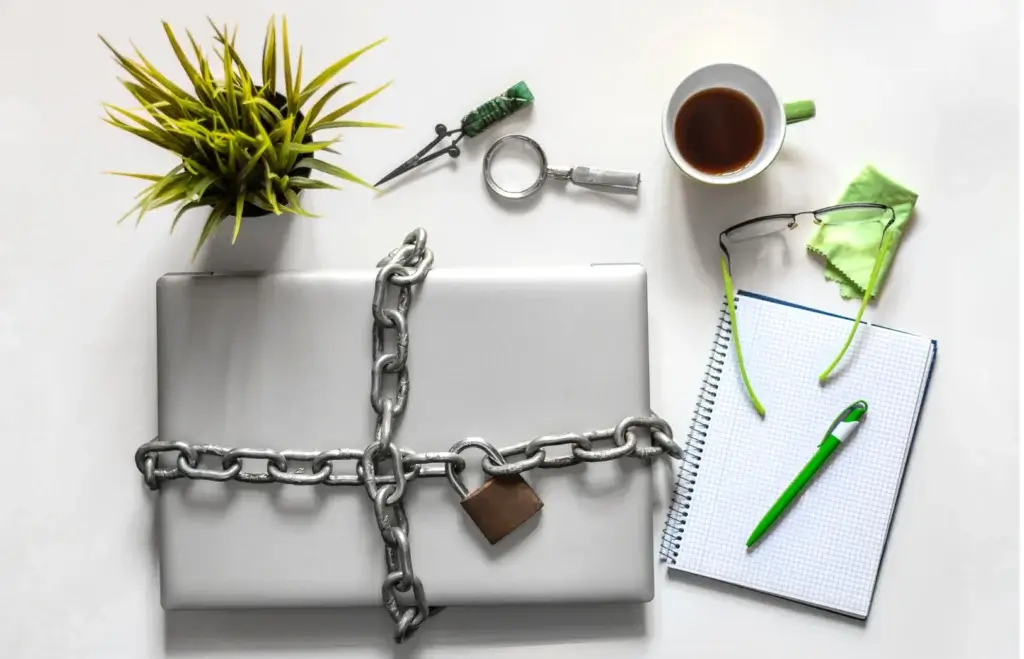
A digital detox is needed now more than ever, as digital devices are our most valuable tools and constant companions. Whether we’re checking emails, scrolling through social media, or binge-watching our favorite shows, screens are integrated into nearly every moment of our day. But have you ever stopped to consider what all this screen time might be doing to your mind, body, and spirit?
The idea of a digital detox isn’t about abandoning technology completely; it’s about creating intentional breaks from digital distractions to reconnect with what truly matters. Many people realize that by simply stepping away from their devices, even for short periods, they experience greater mental clarity, reduced stress, and deeper emotional balance. Digital detoxes can improve focus, relationships, and overall well-being, particularly among younger adults whose developing brains may be more adversely affected by excessive screen time. Although it’s not always easy, the rewards can be surprising.
If you’ve ever felt overwhelmed, unfocused, or as though you’re constantly “plugged in,” it may be time to evaluate your digital habits. A digital detox could be just the reset you need. Before diving in, however, it’s helpful to understand what a digital detox truly entails and why it may be one of the most powerful self-care tools of our modern age.
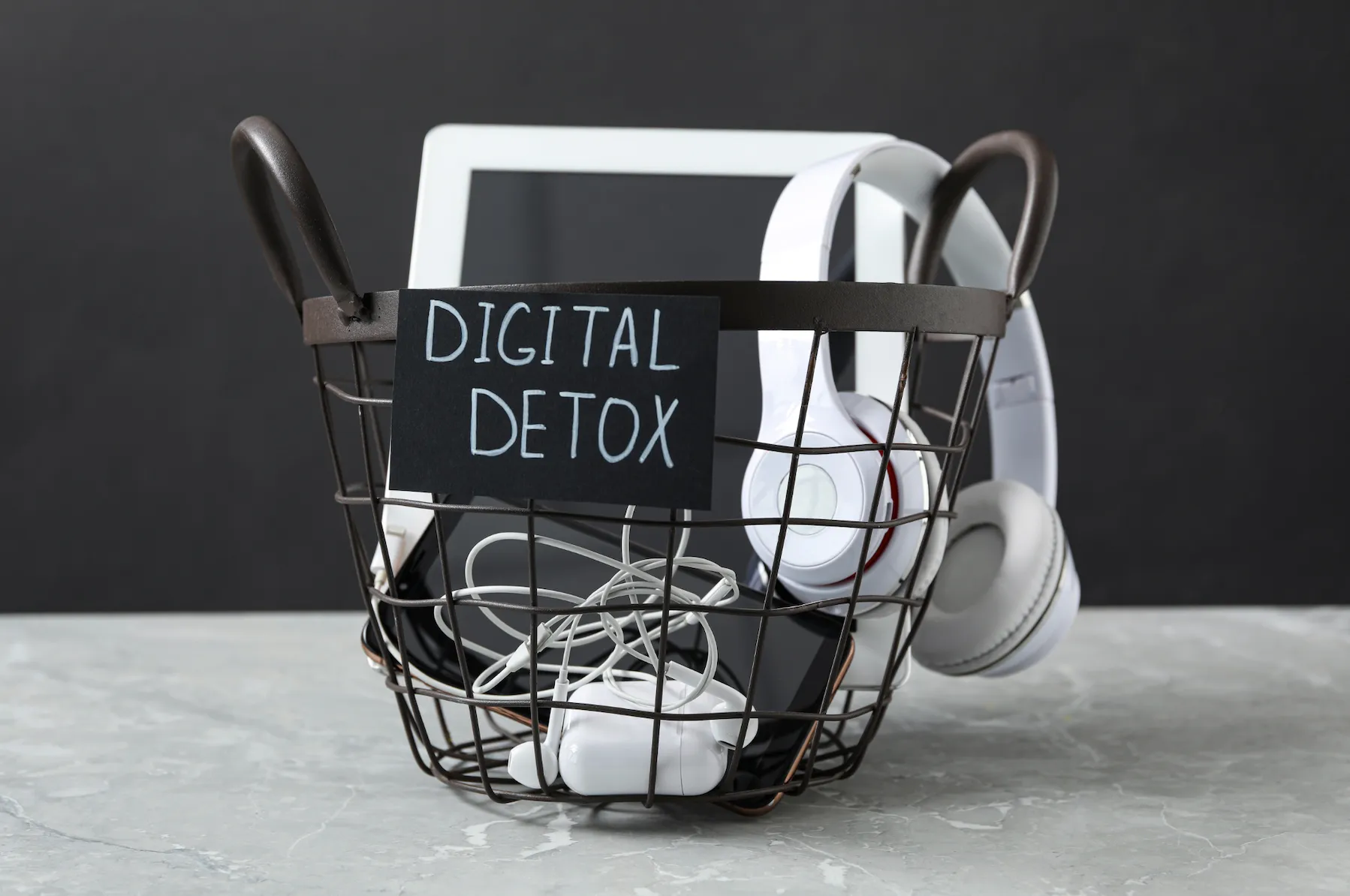
A digital detox, or the choice to digitally detox, refers to a conscious decision to reduce or eliminate the use of digital devices—such as smartphones, computers, tablets, and social media platforms—for a specific period of time.
The aim is not to disconnect permanently but to create space to reconnect with yourself, others, and the world around you, free from the distractions of notifications, scrolling, and digital noise.
Whether it involves a few hours each day, a weekend offline, or a longer break, a digital detox provides an opportunity to step back, reflect on your habits, and restore a healthier balance between your online and offline life.
The benefits of a digital detox extend far beyond simply spending less time on your phone. Mentally, it can lead to reduced stress, improved focus, and a noticeable lift in mood as your brain gets a break from constant stimulation.
Reduced screen time can also lead to improved life satisfaction, as studies show that those who engage in social media detoxes report enhanced personal happiness and fulfillment.
Emotionally, unplugging allows for more meaningful in-person connections and deeper self-awareness. Physically, stepping away from screens can improve sleep quality, reduce eye strain, and encourage more movement and outdoor activity. A digital detox also helps you reclaim time for hobbies, creativity, and rest, reminding you that life exists beyond the screen.
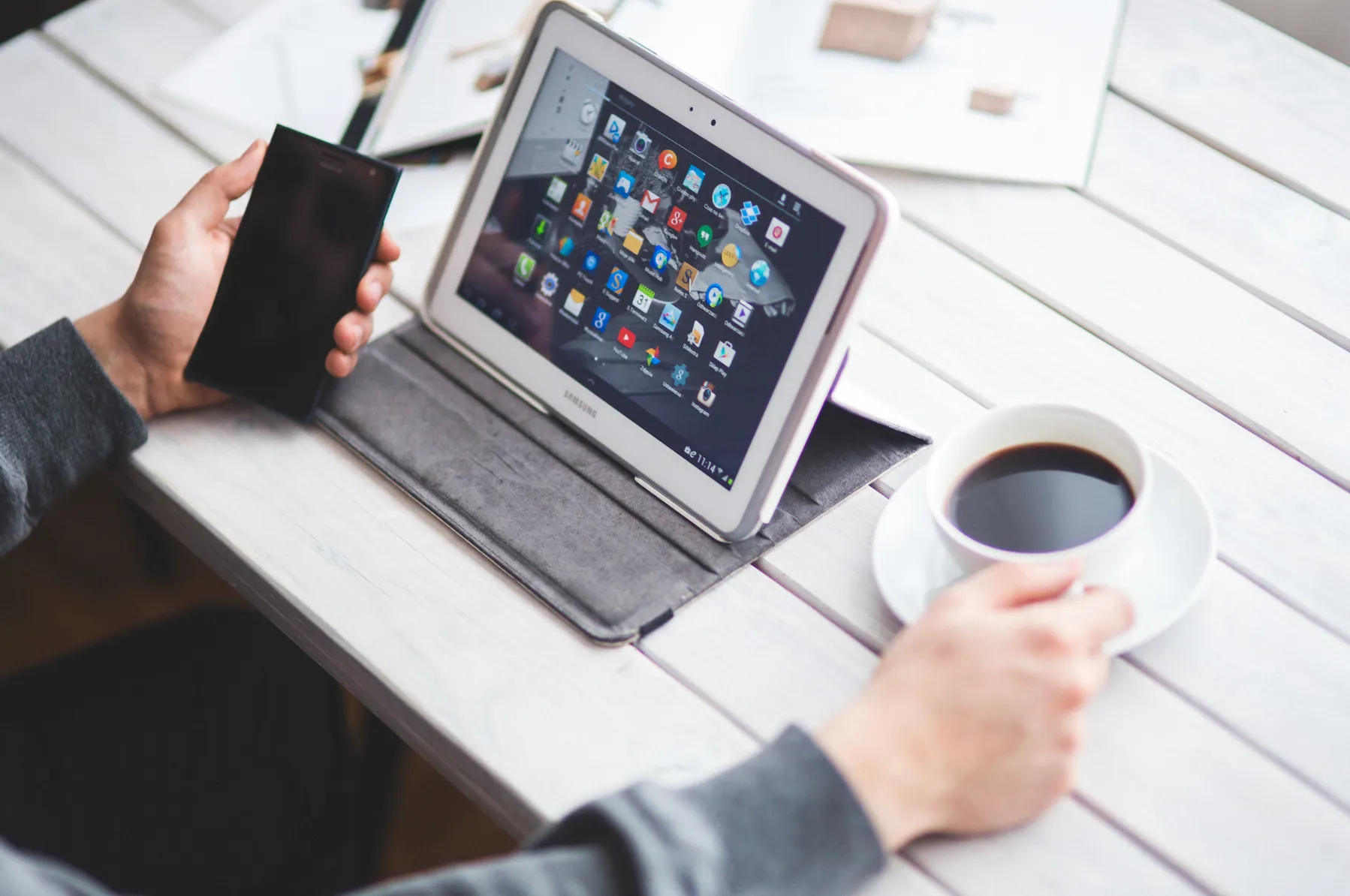
Mobile and other digital devices have become deeply embedded in our daily lives, influencing how we communicate, work, and relax. While technology provides convenience and connectivity, excessive use can have negative consequences.
The constant presence of screens, alerts, and digital demands can subtly change how we think, feel, and operate. As we grow more dependent on our devices, our ability to be fully present, emotionally grounded, and physically healthy can begin to diminish, often without us even realizing it.
Being constantly connected may seem productive or socially engaging, but it can drain our mental and emotional energy. The endless influx of information, notifications, and online interactions can lead to increased stress, anxiety, and even feelings of loneliness.
Professionals in behavioral sciences study the effects of constant connectivity on mental health, examining how digital engagement impacts well-being, social interactions, and emotional health.
Research has shown that excessive social media use is associated with depression, low self-esteem, and a decrease in overall well-being. Taking a digital detox allows the brain to rest and reset, which can help reduce anxiety and improve mood.
Stepping away from screens—even briefly—can foster a sense of calm, enhance mindfulness, and encourage more satisfying offline experiences.
The physical toll of prolonged screen time, especially from cell phones, is often underestimated. Spending hours hunched over devices can lead to eye strain, tension headaches, and reduced physical activity. The blue light emitted from screens can also disrupt the body’s natural sleep-wake cycle, making it more difficult to fall asleep and achieve restorative sleep.
Digital detoxing can help mitigate these effects by encouraging more time away from screens and promoting engagement with the physical world. Simple changes, such as going for a walk, stretching, or spending time outdoors, can reintroduce healthy movement into our daily routines and restore body balance.
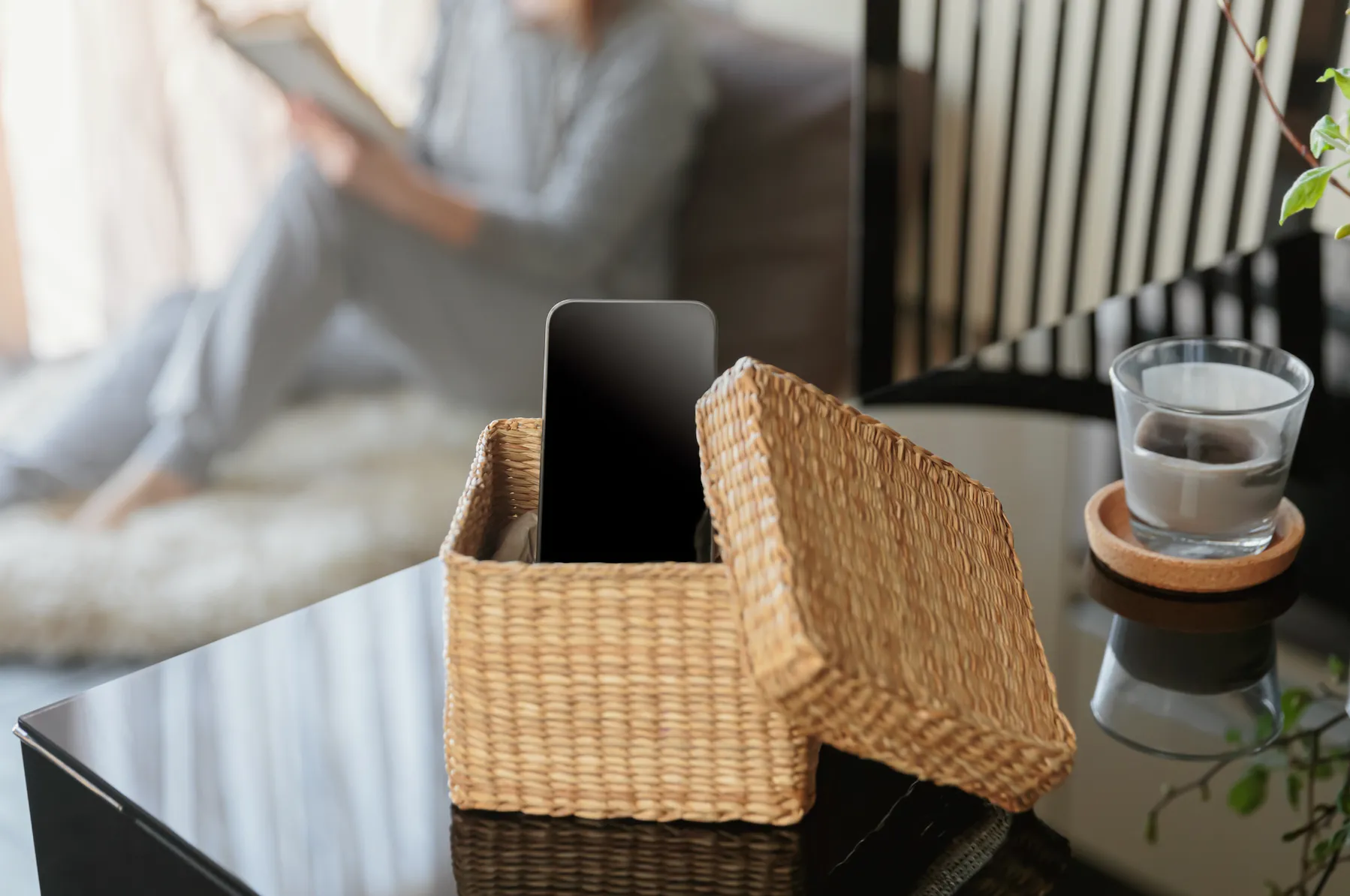
The first step in evaluating your digital habits is to track your time spent on screen and social media use. Most smartphones now have features that display daily and weekly usage statistics, broken down by app and activity.
Pay close attention to how much time you spend on certain platforms and during what parts of the day. You might discover you’re most prone to mindless scrolling in the evenings or first thing in the morning.
Once you have a clearer picture, you can start identifying areas where you’d like to cut back. Maybe it’s limiting social media to 30 minutes a day, turning off non-essential notifications, or setting specific “no screen” hours. The key is to set small, realistic goals rather than attempting a complete overhaul all at once. There are also helpful apps and browser extensions that allow you to set time limits, block distractions, or simply remind you to take a break.
In addition to tracking time, it’s just as valuable to recognize what triggers your digital usage. Often, we reach for our devices without thinking; out of boredom, anxiety, loneliness, or even habit. Start by observing your emotional state when you use digital devices the most. Are you stressed after a long day and using scrolling to escape? Are you checking your phone repeatedly during social gatherings because of social discomfort? Identifying these patterns can help you address the root causes of your screen time.
Digital usage can trigger feelings of stress, anxiety, or loneliness, contributing to decreased life satisfaction and increased loneliness among young adults.
Once you know your triggers, you can create healthier responses to them, like going for a short walk, writing in a journal, doing a few minutes of deep breathing, or connecting with someone offline. You can also prepare by creating a “digital detox plan” that includes strategies for managing your triggers, such as turning off your phone during meals, keeping devices out of the bedroom, or using apps that gently nudge you to log off. With time, these mindful adjustments can lead to a stronger sense of control over your digital life—and a clearer mind.

One of the most important steps in preparing for a digital detox is setting realistic, achievable goals. Instead of going offline overnight, start by deciding how much time you want to cut back and where. This might look like no phone usage after 8 p.m., limiting social media to 20 minutes daily, or having device-free meals. Imposing a time limit on device usage can significantly enhance your concentration and productivity.
These small but intentional boundaries can lead to big changes over time. Designate specific “tech-free zones” in your home, like the bedroom or dining area, to create healthy separations between you and your devices. Plan how you’ll manage digital distractions when they arise, and consider turning off unnecessary notifications or enabling focus modes during certain hours.
Most importantly, identify your support system. Share your goals with friends or family members who can help hold you accountable and encourage you throughout the process. Detoxing becomes much easier—and even fun—when not doing it alone.
Social media is often the biggest barrier to unplugging. Preparing for a digital detox may require rethinking your relationship with these platforms. Start by evaluating which accounts truly serve a purpose in your life and consider deactivating or deleting the ones that don’t. If that feels too much, try logging out temporarily or removing the apps from your phone to reduce temptation.
Set clear boundaries for when and how you engage with social media—perhaps checking it only once or twice a day at set times. You can also use management tools and app timers to keep yourself within your limits. Another helpful tip is to organize your notifications. Turn off non-essential push notifications or mute group chats that aren’t urgent.
This reduces the pressure to constantly check your phone and frees up mental space for more meaningful activities. With a bit of planning, managing your social media becomes less of a burden and more of a conscious choice.
One of the most effective ways to begin a digital detox is by minimizing the constant digital noise that demands your attention. Start by turning off non-essential notifications, alerts, and phone calls, which can dramatically reduce the number of times you need to check your device.
Enabling “do not disturb” or airplane mode during work hours, family time, or before bed can help you stay focused and grounded. Social media apps are often the biggest culprits of distraction—consider deleting them entirely or at least moving them to a less accessible folder on your home screen.
You can also use tools like website or app blockers to help you resist the urge to scroll during boredom or procrastination. By taking control of your digital environment, you create more room for mindfulness and productivity.
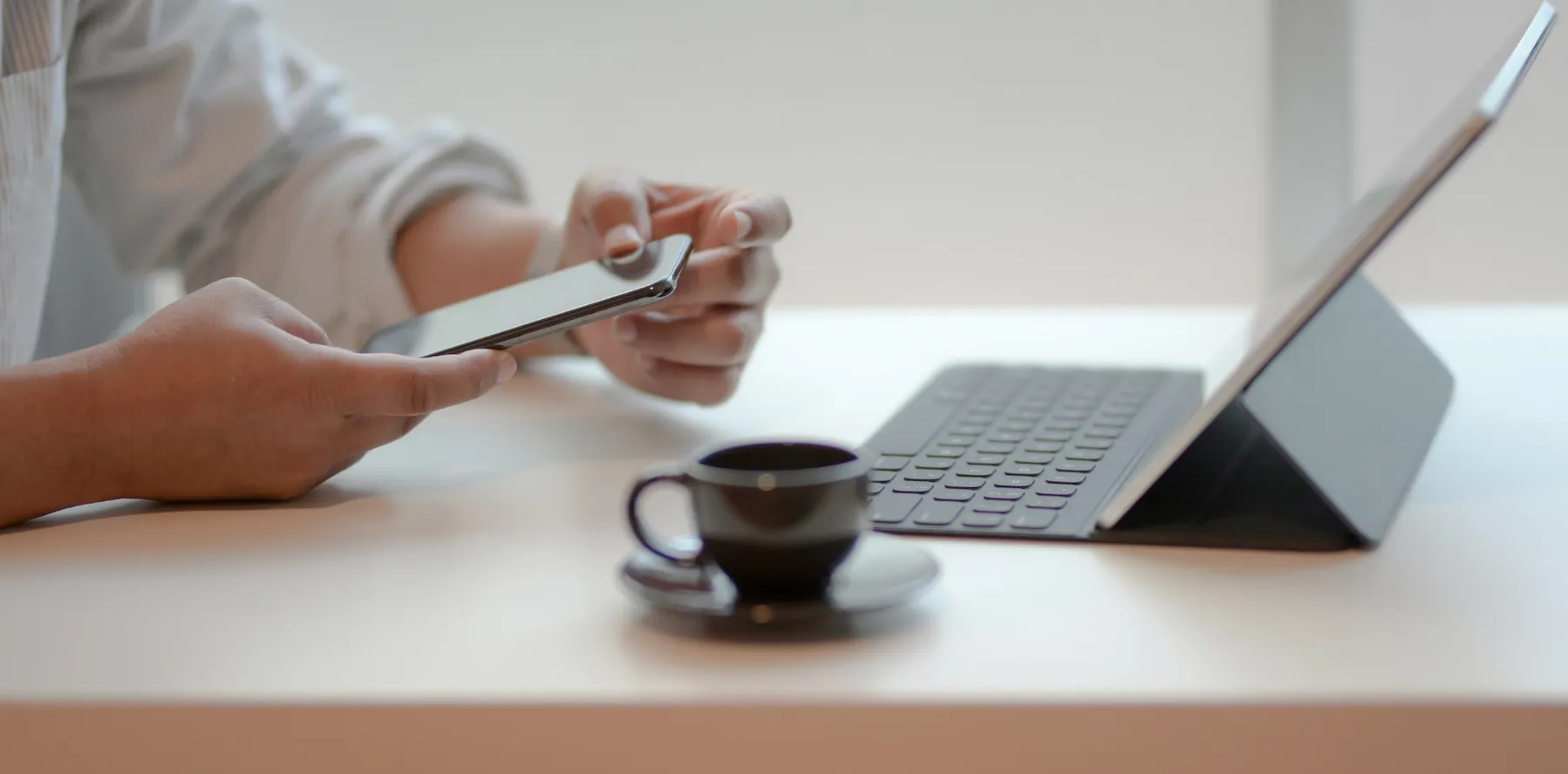
Your phone’s settings can be powerful allies in your journey toward a healthier digital lifestyle. Start by exploring features like “bedtime mode,” which mutes notifications and dims your screen at night, encouraging better sleep hygiene. Use screen time trackers to get an honest look at how much time you’re spending on specific apps, then set daily limits to keep things in check.
Consider using an old-fashioned alarm clock instead of your smartphone for waking up. This can help foster a more relaxed, distraction-free morning routine while also minimizing the temptation to engage with your phone first thing in the morning.
Creating phone-free zones—like your bedroom, bathroom, or dining area—can promote more presence and better real-life connections.
To protect your sleep, enable “night shift” or “blue light filter” modes on your phone to reduce blue light exposure in the evenings. These simple adjustments make your phone less disruptive and more aligned with your well-being.
Achieving a digital-life balance doesn’t mean ditching technology altogether—it means being intentional about when and how you use it. Make a conscious effort to prioritize in-person interactions and activities that foster genuine social bonds, like walking with a friend or calling someone instead of texting. Managing your digital connections, such as reducing social media use and phone distractions, can significantly enhance the quality of your real-world experiences and overall health.
While digital tools can be valuable for staying connected, they shouldn’t replace meaningful face-to-face moments. Use apps and platforms that enhance your relationships or help you stay organized, rather than those that waste your time.
Develop a plan for managing distractions, whether scheduling tech-free time each day or having regular “detox days” where you disconnect entirely. Finding your digital balance is about reclaiming control and using technology to support—not sabotage—your real-world life.
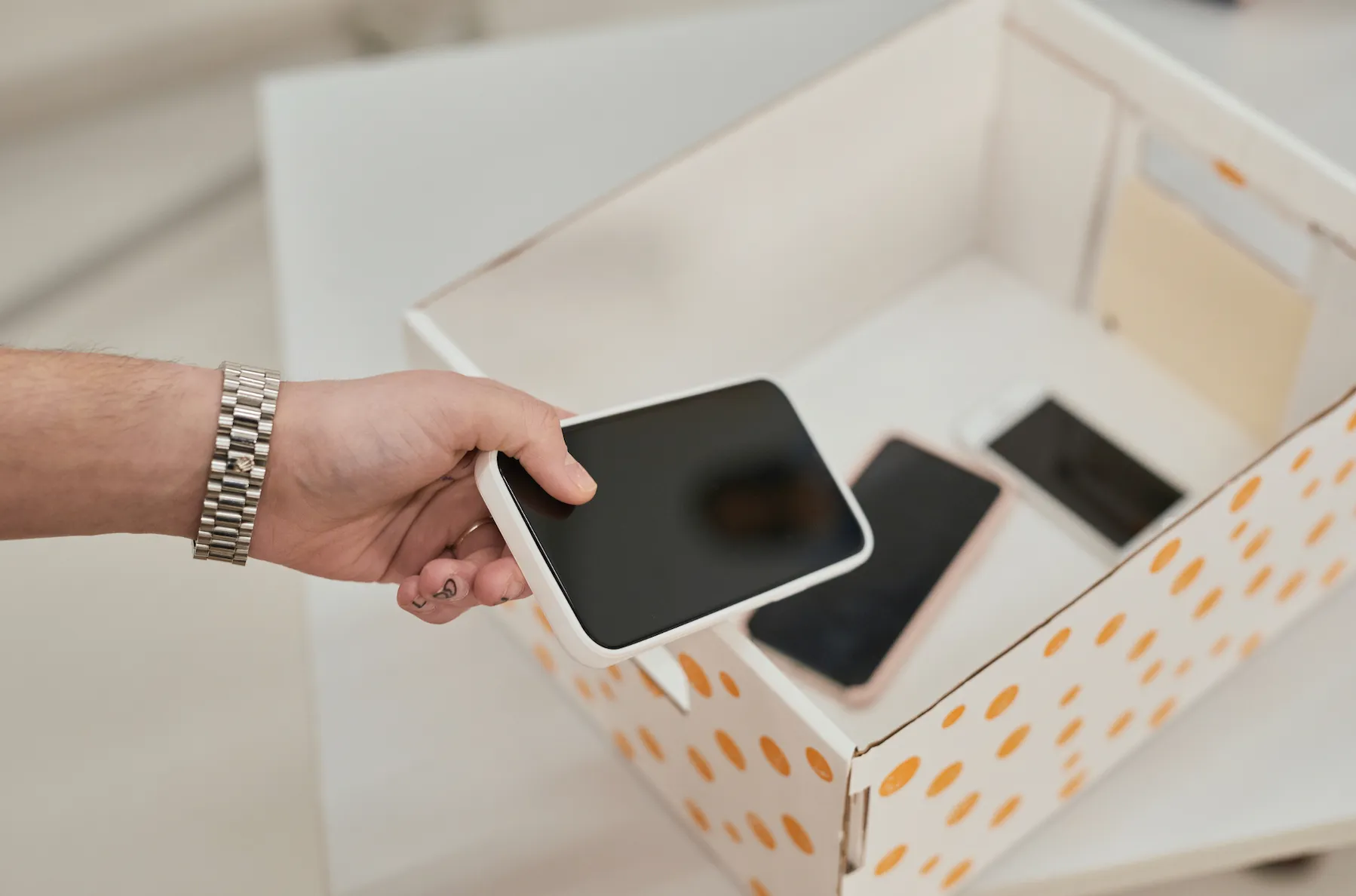
Maintaining a healthy digital life requires more than setting goals—it requires ongoing accountability and motivation. One effective strategy is to share your digital detox goals with a trusted friend or family member. Having someone check in with you can boost your commitment and encourage you when your willpower wanes.
You can also use simple digital tools, such as tracking apps or even a spreadsheet, to monitor your time on your phone and log your progress. Celebrate your wins, no matter how small—whether it’s a whole day without scrolling or choosing a walk over an online video. At the same time, acknowledge setbacks without judgment. Reflect on what caused the slip and adjust your strategy accordingly. A clear plan to handle challenges helps you bounce back and stay aligned with your long-term goals.
Replacing screen time with enriching, tech-free activities is essential for sustaining a healthy digital routine. Start by identifying a few go-to offline options, like reading, journaling, painting, gardening, or exercising. These real-world activities not only distract you from reaching for your phone but also contribute to your mental and physical well-being.
Hobbies and creative outlets can fill the space once consumed by mindless scrolling, offering joy and fulfillment that digital devices often fail to provide. Planning is key—set aside time for these activities and treat them like appointments you don’t want to miss. If you need inspiration, use digital tools (ironically, in moderation) to discover local events, nature trails, or community classes. Over time, these tech-free moments can become the highlight of your day, reinforcing the benefits of a balanced digital lifestyle.
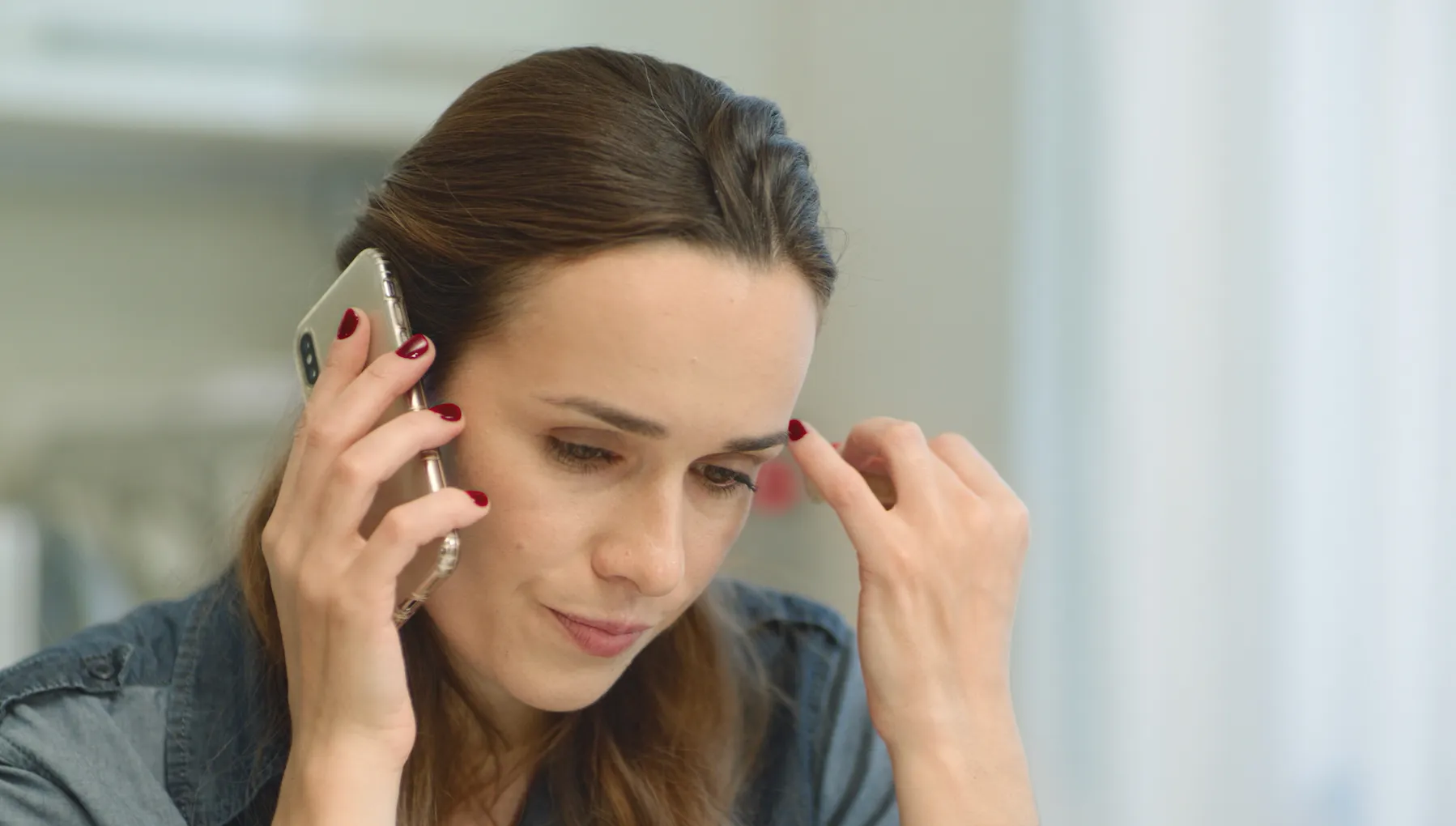
In today’s busy world, stepping back from technology is essential. A digital detox is not about giving up technology but reconnecting with yourself, others, and the present moment. By unplugging for short periods, you can think more clearly, reduce stress, improve your health, and enjoy simple, screen-free moments. Leaving your phone in a completely different room can also help reduce distractions, especially at night, by preventing the temptation to check it frequently.
You have the power to find balance. You can start by spending a few hours offline each week or taking entire weekends to go tech-free. Each step towards being mindful about your tech use helps you live a more intentional and fulfilling life. Your time and peace of mind matter—so unplug and see how a digital detox can improve your well-being.
Committing to a digital detox takes ongoing effort and self-awareness. It’s not just a one-time fix; it’s a habit of checking in with yourself and how you use technology. As your life changes, your needs will change too—what works one month might not work the next. Allow yourself to adjust your approach without feeling guilty. Celebrate small wins, like choosing a book instead of your phone before bed or spending a weekend without screens. Over time, these small choices can lead to a lifestyle that enhances mental clarity, emotional peace, and physical health. A thoughtful relationship with technology helps you live and feel better.

Fasting intermittently is a popular way to improve health and wellness. It involves alternating between eating and fasting periods, allowing flexibility for those who want

Gluten-free lifestyles might seem intimidating, particularly if you’re just getting started. All sorts of tasty and healthy options that you may not have thought of

Basic Health for Men: A Gentle Guide for a Better Lifestyle Health for men is a topic that is often overlooked because there are more

The Power of A Digital Detox: Revitalizing Your Life A digital detox is needed now more than ever, as digital devices are our most valuable

The Role of Chlorine Dioxide in Holistic Healing: Alternative Therapies Chlorine dioxide (CDS), also known as the miracle solution, has been underestimated for many years.

A vertigo dizziness remedy can be difficult to find as vertigo can be an unsettling experience. This often leads to a spinning sensation and feeling
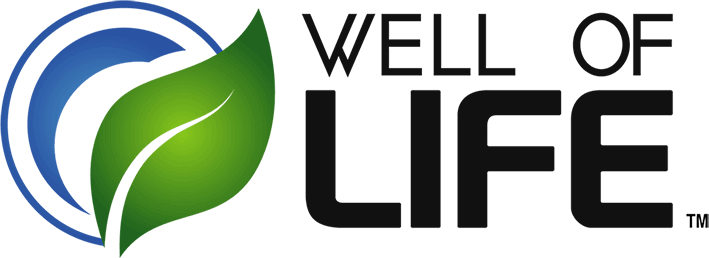

This website or its third-party tools use cookies, which are necessary for its functioning and required to achieve the purposes illustrated in the cookie policy. You accept the use of cookies by closing or dismissing this notice, by clicking a link or button or by continuing to browse otherwise.
1 thought on “The Power of A Digital Detox: Revitalizing Your Life”
Every weekend i used to pay a visit this web page, for the reason that i wish for enjoyment, as this this site conations actually good
funny data too.